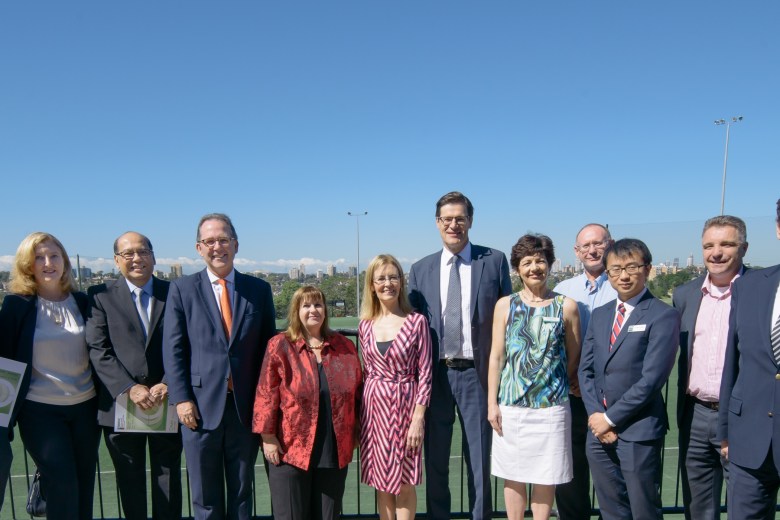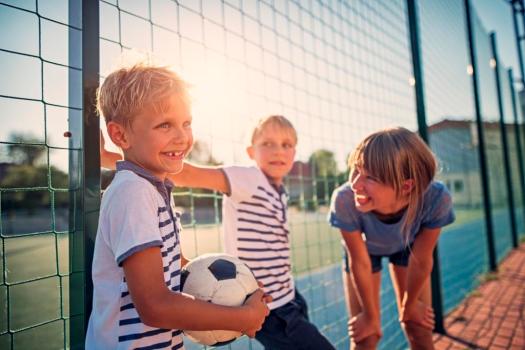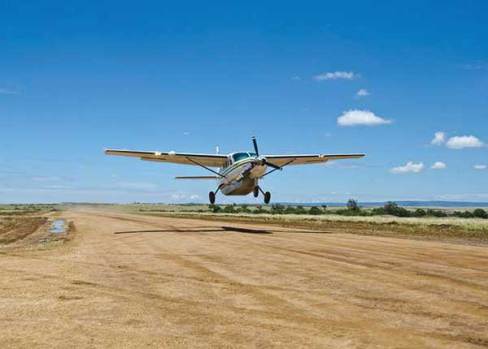
The importance of councils collaborating to push for large-scale infrastructure is laid bare in a new report warning of a sportsground shortfall across Northern Sydney.
Northern Sydney Regional Organisation of Councils has released a report showing showground capacity in its region needs to increase by a quarter in less than a decade and 40 per cent by 2036 in order to meet increasing demand fuelled by population growth.
The organisation’s region, taking in Hornsby, Hunters Hill, Ku-ring-gai, Lane Cove, North Sydney, Ryde and Willougby, represents a population of 592,550, which is expected to increase 36 per cent to reach 752,000 by 2036.
A lack of action to boost sportsground supply could see participants being turned away from sport due to a shortage of space and amenities, and increased costs to access facilities that would lead to inequality and barriers to participation, the new analysis warns.
The report by Otium Planning Group, commissioned by NSROC, found that councils will need to increase the capacity of sportsgrounds by over 40 per cent to cope with existing and future demands.
“Increasing housing density will intensify the need for access to open space and sportsgrounds,” the report says. “Demographic changes will continue to diversify the population and their sporting needs, creating greater competition between sporting codes for access to space.”
The report identified possible initiatives to increase the supply and capacity of sportsgrounds, such as using synthetic fields, new lighting and the greater use of existing facilities such as schools, golf clubs and bowling greens.
However, such measures would increase supply by up to 20 per cent, or just half of what’s required by 2036.
Collaborate to advance solutions
It highlights the need for NSROC to work on behalf of member councils with state government agencies “to develop more far-reaching solutions which often are beyond the remit and/or capacity of individual councils.”
The organisation’s president, Pam Palmer, said councils were working to do what they could but State Government support and involvement was needed to help plan and deliver initiatives beyond the capacity of local government.
“We need to work closely together with government, sporting bodies, community groups and neighbouring councils so that people can keep playing the sports they enjoy, which bring better health, social, community and economic benefits,” Cr Palmer said at the report’s launch last week.
The report said councils should work with state government agencies to ensure they took action which could include facilitating the acquisition of land, leading development of sport amenities in high density areas and facilitating funding for high capital cost infrastructure that increases sportsground supply or capacity.
Comment below to have your say on this story.
If you have a news story or tip-off, get in touch at editorial@governmentnews.com.au.
Sign up to the Government News newsletter.


